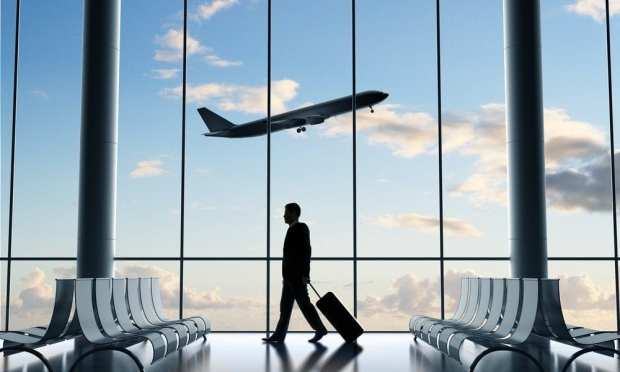US Airlines Use Loyalty Programs As Debt Collateral

Frequent flyer programs may carry U.S. airlines through the pandemic financially, according to a report from the Financial Times (FT).
The sheer value of the customer loyalty programs has held up as debt collateral for airlines like American Airlines, United, Spirit and Delta.
American’s AAdvantage to United’s MileagePlus and Delta’s SkyMiles have hundreds of millions of members between them, and documents sent to creditors reveal wide and deep wallets. Stifel analyst Joseph DeNardi said the loyalty program was “the only reason” American Airlines wasn’t in bankruptcy right now, FT reported.
The airlines, facing serious cash crunches that threatened their abilities to stay open at all, had the effect of forcing firms of various kinds to try to raise a flurry of capital in a madcap dash. Pledging assets not in use right now, like the frequent flyer programs, could be one strategy, FT reported.
Airline traffic, down almost 100 percent at the height of the pandemic earlier this year, started to rebound a little during the latter half of the summer, according to FT. Selling the miles, a strategy in the arsenal since April or so, is a way to help the airlines stay above water. DeNardi, speaking with FT this month, said every airline is considering the option, whether they admit it or not.
The way the rewards programs work is that airlines sell miles to banks, and the banks use them as credit card rewards to attract the wealthier customers they want as cardholders. The loyalty programs are especially golden in the U.S., where there are no caps on credit card transaction fees, FT reported. Because of that, the card issuers have more freedom and incentive to pay up for miles.
The valuations for frequent flyer programs have surpassed the valuations of the airlines themselves, according to FT. MileagePlus, for example, was worth around $22 billion, according to bond documents, while United itself only clocked in at $10.6 billion.
And American’s AAdvantage is valued at between $18 billion and $30 billion, while the airline itself is worth less than $7 billion, FT reported.
